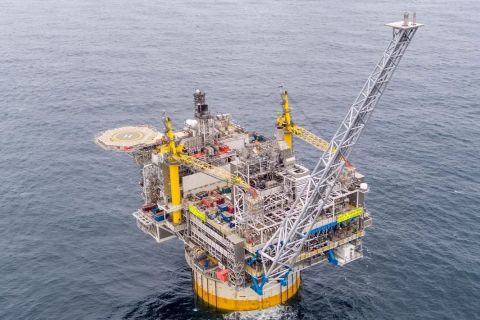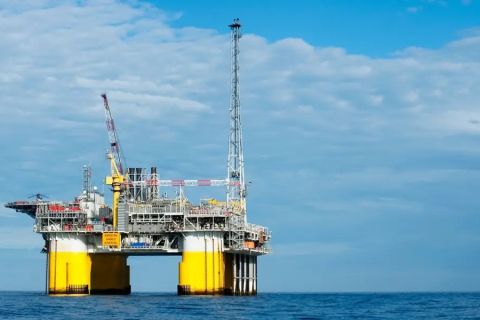The International Energy Agency (IEA) is now forecasting global oil demand growth of some 1.1 million barrels (MMbbl.) per day in 2012, down from 1.3 MMbbl. per day reported in its December forecast, according to Adam Sieminski, research analyst at Deutshce Bank, in a recent report. An exceptionally precarious economic backdrop in fourth-quarter 2011 saw oil consumption return to a declining trend, according to the IEA.
“With baseline weakness in 2011 feeding through into 2012, along with preliminary indications of seasonal weakness in January, the IEA’s demand estimates for 2012 are now falling faster than non-OPEC supply estimates,” writes Sieminski. “According to the IEA, Middle East unrest and unplanned outages, particularly in the North Sea, limited annual growth in non-OPEC supply to only 45,000 bbl. per day in 2011.”
IEA estimate some 600,000 to 700,000 bbl. per day of non-OPEC supply disruptions between second-quarter 2011 and fourth-quarter 2011. It is expecting a strong 340,000 bbl. per day rebound this quarter and 1 MMbbl. per day of growth, on average, for all of 2012.
Libyan losses take this number higher, writes Sieminski. The focus for geopolitical risks has shifted to Nigeria, Iraq and “most pressingly,” Iran. Some analysts might cut oil price forecasts for this year and the next due to perceptions of good news on U.S. supply and negative news on the global economy.
“In our view, geopolitical risks to supply are potentially greater in 2012 than they were in 2011, and the world economy (and oil demand) should be in better shape by 2013”
On the natural gas front, a report was released by the U.S. Department of Energy on the effects of U.S. liquefied natural gas exports. The EIA’s reference case estimates that high (12 billion cubic feet per day) exports will result in a $1.58 per thousand cubic feet increase in wellhead gas prices by 2018. In 2014, the price of $4.39 per thousand cubic feet could rise some 36% to $5.97.
The EIA notes that natural gas price increases at the consumer level would be less than 10% over the 2015 through 2035 period, even in the worst case of high exports and low resource recovery, and could be as little as 3%.
Meanwhile, consumer electricity bills would go up 1% to 3%, according to the EIA. The agency announced a draw of 87 billion cubic feet for the week ending January 13. This was larger (more bullish) than consensus expectations, but woefully short of the 162 billion cubic feet draw that is historically typical for the week. Total gas in storage is now 539 billion cubic feet higher than last year at this time and 566 billion cubic feet above the 5-year average, according to EIA statistics, reports Sieminski. The larger-than-expected draw is insufficient to offset growing concerns about the end-of-season storage projections.
“Our Houston analytics desk has a current end-of-season forecast for 2082 billion cubic feet because they are starting to build shut-in into their calculations.” The bank assumes 7-year average draws and 1billion cubic feet per day of shut-ins and ends at 2,200 billion cubic feet.
Recommended Reading
Going with the Flow: Universities, Operators Team on Flow Assurance Research
2024-03-05 - From Icy Waterfloods to Gas Lift Slugs, operators and researchers at Texas Tech University and the Colorado School of Mines are finding ways to optimize flow assurance, reduce costs and improve wells.
Defeating the ‘Four Horseman’ of Flow Assurance
2024-04-18 - Service companies combine processes and techniques to mitigate the impact of paraffin, asphaltenes, hydrates and scale on production — and keep the cash flowing.
Subsea Tieback Round-Up, 2026 and Beyond
2024-02-13 - The second in a two-part series, this report on subsea tiebacks looks at some of the projects around the world scheduled to come online in 2026 or later.
Drilling Tech Rides a Wave
2024-01-30 - Can new designs, automation and aerospace inspiration boost drilling results?
2023-2025 Subsea Tieback Round-Up
2024-02-06 - Here's a look at subsea tieback projects across the globe. The first in a two-part series, this report highlights some of the subsea tiebacks scheduled to be online by 2025.





